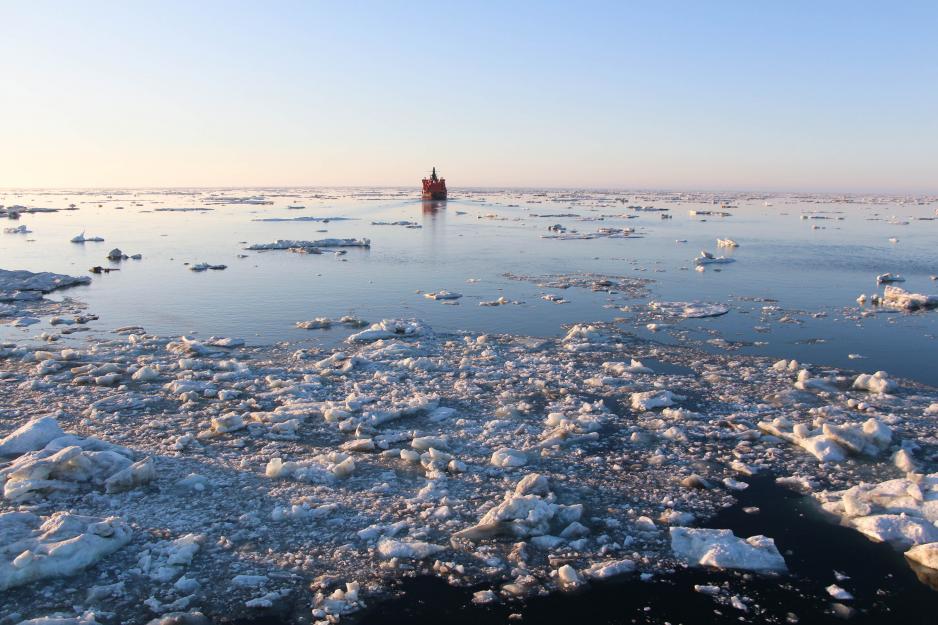The company worked in close collaboration with the Northern Sea Route (NSR) Administration and the icebreaker company Atomflot to conduct a feasibility study prior to conducting the trial voyage.
Maersk turned to the International Maritime Organization’s Polar Code to ensure that the vessel and its equipment were up to the test.
All crew members received special training and the captain and chief officers received ice navigation and Polar Code courses along with simulator training on how to navigate in ice. Furthermore, the crew of 25 was headed by Captain Søren Bruun and received further guidance by two Russian ice pilots aboard.
"Operations in the Arctic pose completely different demands on ships and their design. The passage is feasible for around three months during the summer, marked by a lack of obstructive ice. That said, ice conditions can vary and are in general difficult to predict. Thus, assistance by icebreakers which are around to support safe navigation all year will still be necessary," elaborates Michael Meisel, Senior Marine Specialist and project lead of the trial.
The company installed additional tracking and monitoring systems and stored extra equipment such as night vision binoculars, fuel, provisions and spare parts.
Doesn’t come cheap
The Venta Maersk passed through the Bering Strait on September 6 and entered Arctic waters in the Chukchi Sea the following day. After a few days of securing the vessel for frigid temperatures, including starting up heaters, the vessel made contact with the icebreaker 50 Let Pobedy to assist the container vessel through the icy waters of the East Siberian Sea.
The convoy followed a southerly route to avoid substantial ice accumulations north of the East Siberian island. Especially along the Sannikov Strait the icebreaker crew’s experience proved invaluable, as the Venta Maersk, loaded with 660 reefer containers of frozen fish, sailed with a draught of 11 meters, maxing out the recommended draught for vessels passing through the strait.








